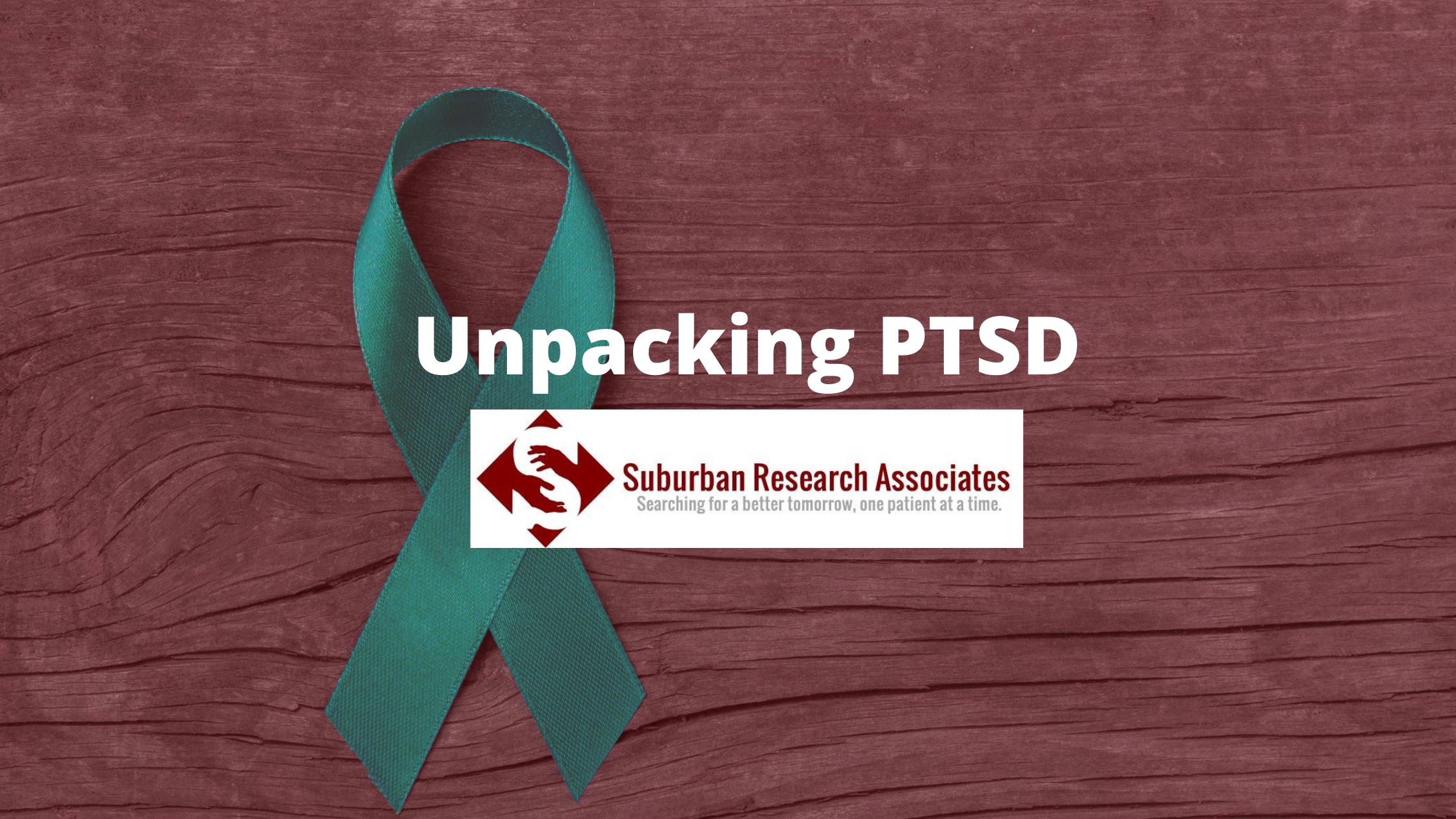You have probably heard of the condition Post-Traumatic Stress Disorder (PTSD) as being common among Veteran’s or those who have endured life-threatening traumatic events. While those events can commonly cause the development of PTSD, it is often much more than that. There are a wide variety of traumatic events that could pave the way for PTSD to develop. The sudden death of a loved one, a car accident, psychological trauma, and many other events have the potential to cause PTSD. However, an event that may have a traumatic impact and cause PTSD for one individual, may leave another individual unaffected. It all depends on the individual. Everyone’s brains and bodies have different responses to such events. The overall point to note is that PTSD could result from any event that has a significant, distressing, and traumatizing impact on an individual, and no one is truly immune.
What is PTSD? The American Psychiatric Association defines PTSD as “a psychiatric disorder that may occur in people who have experienced or witnessed a traumatic event such as a natural disaster, a serious accident, a terrorist act, war/combat, or rape or who have been threatened with death, sexual violence or serious injury (“What is PTSD,” 2020).” In other words, PTSD occurs when an individual struggles with overpowering, consistent, and distressing thoughts as a response to a traumatic event. It can greatly interfere with one’s everyday life such as avoiding certain situations or scenarios that may trigger flashbacks or be a reminder of the event. Isolation, depression, lack of motivation, and intense fear all play a part as well. The responses and behaviors that come with PTSD varies among individuals. Some individuals feel like they are reliving the moment over again when something triggers them.
There are multiple types of PTSD that can be broken down into the following categories (Moore, 2021):
• Normal Stress Response: This refers to an individual’s response to an event that is considered a “normal stress response”. Our bodies are automatically wired to help us adapt to stressful situations.
• Acute Stress Disorder: This type of PTSD typically develops within 3 days to 1 month of the traumatic event. It refers to the heightened response and lasting impact of the traumatic event. It does not have to be only for the person who experienced the traumatic event directly, it could be someone just hearing about the trauma.
• Dissociative PTSD: As the name implies, this type of PTSD often comes with dissociation and derealization of the event. This is often where flashbacks and nightmares may start to appear, leaving one feeling out of touch with the world around them.
• Uncomplicated PTSD: This type of PTSD refers to the most generalized type of PTSD. Individuals who have uncomplicated PTSD will likely experience the most common symptoms of PTSD that will be discussed shortly.
• Complex PTSD: This type of trauma refers to the occurrence of more than one or repeated traumatic events. Individuals with complex PTSD can develop any of the signs and symptoms to that of other types of PTSD because every traumatic event might be different and one’s responses to those events may vary.
• Co-morbid PTSD: This is where PTSD co-exists with one or more of the following mental health conditions: panic disorder, anxiety disorders, major depressive disorder, and substance use disorder.
What are the most common signs and symptoms of PTSD? The most common symptoms of PTSD include flashbacks, nightmares, intrusive thoughts and/or memories, avoidance, changes in mood, and increased reactivity. Everyone is different, so some may experience other symptoms as well that are not considered the most common. Individuals diagnosed with one type of PTSD can experience other types of PTSD as well.
If you are struggling with PTSD, you are not alone. There are many resources out there to help and support you through this difficult process. If you have previously sought treatment for PTSD but did not see much improvement, or if you are concerned that may be developing PTSD, be sure to follow up with your doctor or a treating physician about your symptoms. If you are feeling frustrated or defeated by treatments and are not sure where else to turn, you may qualify for our PTSD research study.
If you know someone who is battling with PTSD, there are many ways you can help them and offer your support. First, refrain from judgement and have patience. PTSD can be a complicated condition. Individuals with PTSD can’t control when flashbacks or triggers come on. Know that while you may not be able to prevent these triggering affects or make them better, you can be there to listen and help individuals find professional help or resources when needed.
Finally, don’t be afraid to talk about PTSD. The more voices spreading awareness about PTSD, the more we can work toward increasing understanding and combating the stigma surrounding mental health.
If you are interested in learning more about PTSD, be sure to check out the references below.
References
Moore, M. (2021, May 24). Types of PTSD. Psych Central. https://psychcentral.com/ptsd/types-of-ptsd
What Is PTSD? (n.d.). American Psychiatric Association. Retrieved June 4, 2021, from https://www.psychiatry.org/patients-families/ptsd/what-is-ptsd


